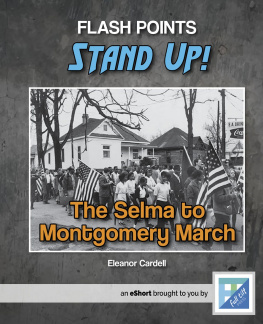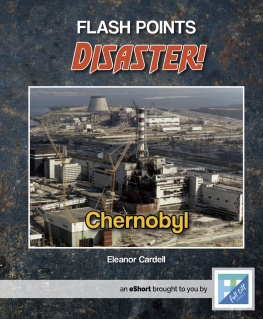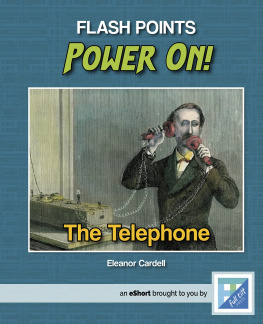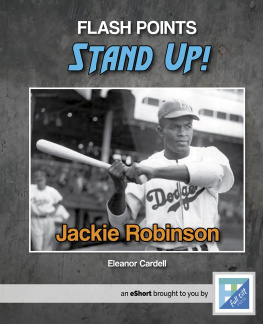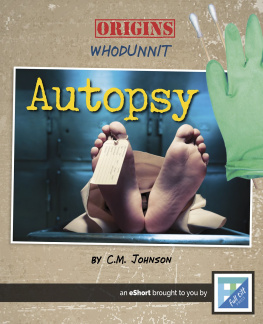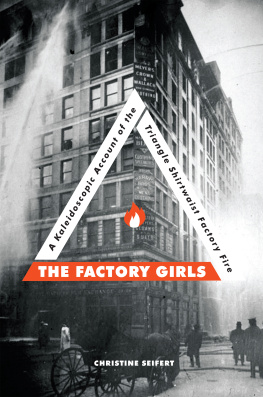
2 Flash Points
March 25, 1911
At the Triangle Shirtwaist Factory in New
York City, workers sit bent over tables. eyve
been sewing for hours. Its almost time to leave.
Suddenly, the ninth-oor workers smell smoke. A re
that started on the eighth oor has reached them.
People run for the exits. e narrow hallway to the elevator is
packed with workers. e elevator cant hold many people. Fire
soon lls the hallway, blocking the exit. People climb onto the re
escape. It crumples beneath their weight and falls to the sidewalk. e re
department arrives, but their ladders are too short. ey cant reach the
ninth oor. Workers jump from the windows, trying to escape the blaze.
at day, people died. Most
of them were young immigrant
women. It was the deadliest re
in New York City history.
The
Triangle
factory Fire
shirtwaist: a type of button-
down shirt for women,
popular in the early 1900s
immigrant: someone who
moves to a new country

Disaster!
In the early 1900s, most of the clothes in the United States
were made in New York City. More than 80,000 people worked
in clothing factories like the Triangle Shirtwaist Factory.
Did you know?
The second deadliest re in New York City history
happened exactly years after the Triangle
factory re. During this later re, which burned
down a social club in the Bronx, people died.

Laws Did Not Apply
New York had state laws for the construction
of buildings. Large buildings needed extra
staircases on each oor, and they had to be built
with stone oors and metal window frames. But
the Triangle factory building was small enough,
by only one story, that these laws did not apply.
Smoking Kills
It was against the rules to smoke inside the factory. But
many people did it anyway. A cigarette, or a match used to
light a cigarette, is probably what started the Triangle factory
re. It might have been dropped into a bin lled with scraps
of cloth. e small re then consumed the whole building,
which was lled with more cloth that caught re easily.
4 Flash Points
How and Why
Accidents and disasters oen have more than one cause.
Many dierent things come together to cause events that
can greatly impact the future. Take a moment to explore
some of the things that led to the Triangle factory re.

Not to Code
e Triangle factory building did not meet safety
requirements, or codes. e law said that factory exit
doors should open outward, but the Triangle factorys
doors did not. Doors were not supposed to be locked.
However, the factory owners locked them to keep
workers inside, and to prevent them from stealing things.
No Warning
e ninth oor didnt have a phone, so no
one was able to call and warn the ninth-
oor workers about the re. ey didnt
realize anything was wrong until the room
lled with smoke. By then, it was already
too late for many of them to escape.
Unprepared
In the early 1900s, there were many res in New
York City. Fireghters became more ecient.
ey had better hoses. ey responded faster.
Fireghters arrived at the Triangle factory very
quickly, but they still werent prepared. eir
equipment could only reach up to seven stories.
Disaster!

6 Flash Points
What Happened Next
e New York City morgue wasnt very big. It couldnt hold all the
bodies from the Trangle re. A temporary morgue was built on East 26th
Street. e bodies were moved there, instead. Families went there to nd
their relatives. Some bodies were burned very badly. Even their families
couldnt recognize them.
e people of New York City were horried. How could something like
this happen? A womens work union called for action. ey wanted
to reform the factories. ey worked with the local newspapers. ey
collected information about bad working conditions.
People held a big meeting. Lots of workers came. ere they created the
Citizens Committee for Public Safety. ey came up with ideas about how
to change the laws. ese changes would make factories safer for workers.
New York City paid for a study of factories all over the state. ey visited
factories and talked to hundreds of workers about the dangerous working
conditions. Workers were injured by unsafe machines. ey got sick
from working with toxic chemicals. Many workers stories helped create
new laws. ese laws made factories and workers safer. ese laws still
exist today.
morgue: a place where bodies are kept
until they are identied and buried
union: a group of workers who work to
protect their rights in the workplace
reform: to make changes so that
something is better

Disaster!
Thousands of people visited the
temporary morgue to identify loved ones
who had died in the Triangle factory re.
Did you know?
Employees at the Triangle Shirtwaist Factory
were paid about cents an hour. That would
be $3.75 today. Since 2009, US law requires
workers to be paid at least $7.25 an hour.

Ripple Effects
A single event, no matter how big or small it may seem
at the time, can have a big impact on the future. e
Triangle factory re had many far-reaching eects.
Fire Code
A few months after
the Triangle factory re,
a law called the Sullivan-
Hoey Fire Prevention Law
was put into place. This law
created the Bureau of Fire
Prevention, which is in charge
of re codes. It also conducts
re inspections. The Bureau
of Fire Prevention makes
sure that workers are
safe and can escape
if there is a re.
Worker
Safety


